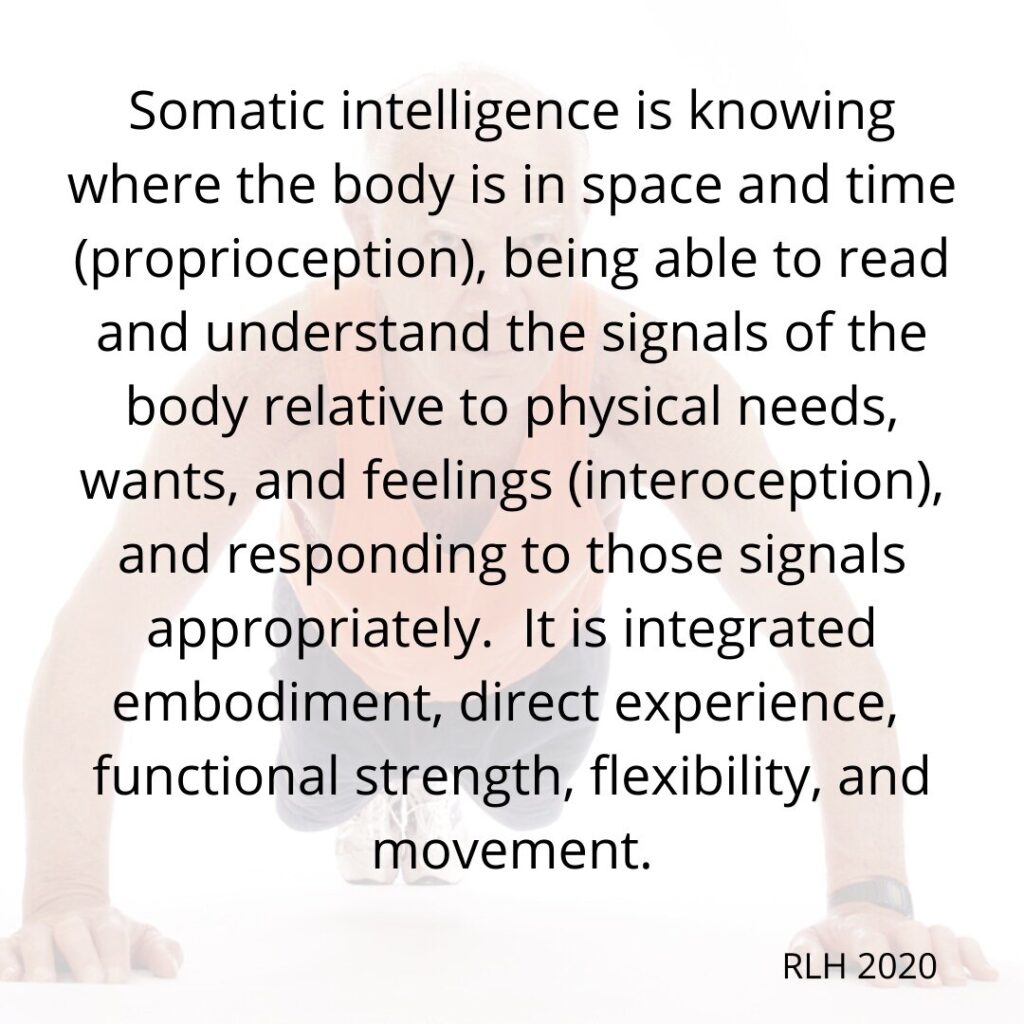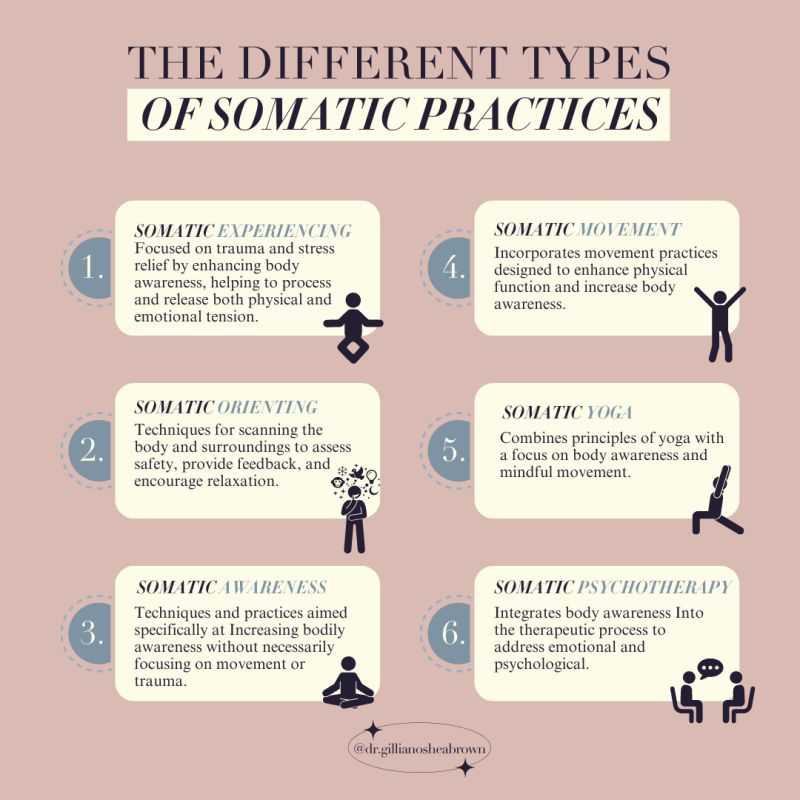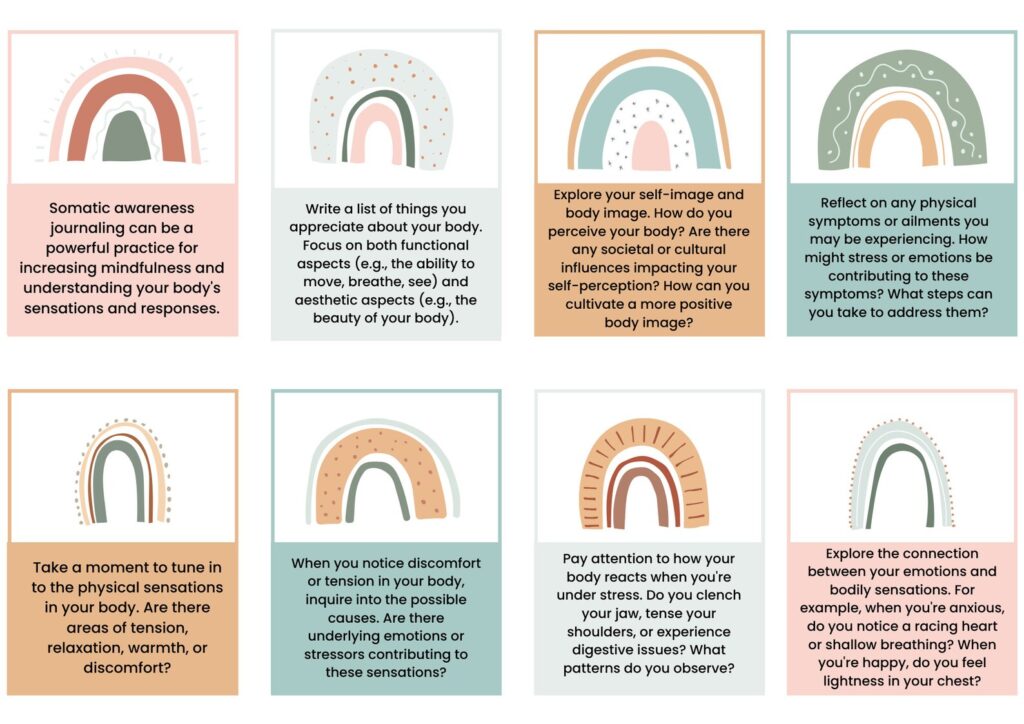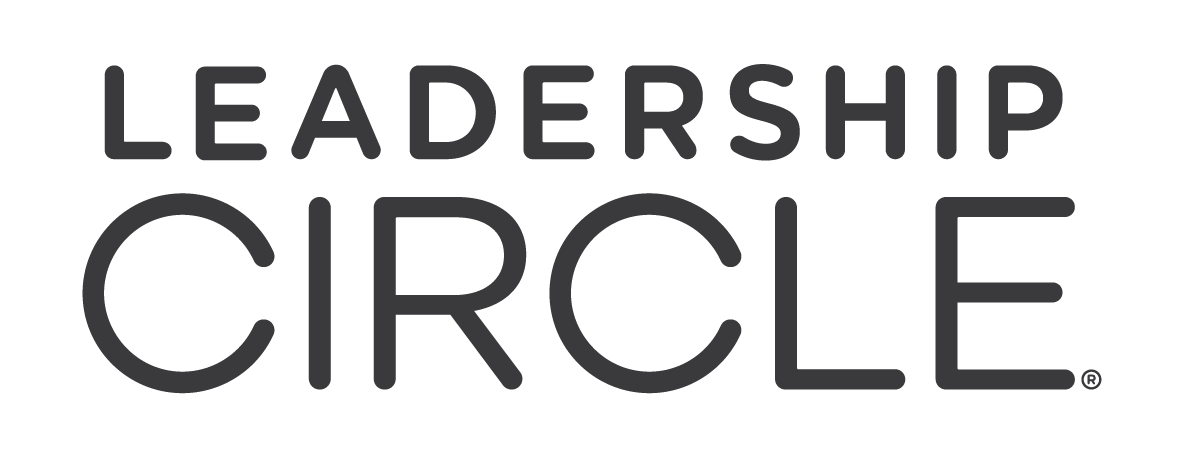Leadership is often thought of as a cerebral or emotional endeavor—requiring sharp intellect, strategic thinking, emotional intelligence, and unwavering drive. But there’s an often-overlooked component of leadership that plays a central role in shaping decision-making, inspiring teams, and cultivating influence.
Somatic intelligence, or awareness of bodily sensations, has the potential to revolutionize how leaders operate. By learning to “lead with their body,” executives and corporate leaders alike can uncover new pathways to clarity, connection, and confident decision-making.
What if tuning into your physical sensations could make you not only a more effective decision-maker but also a more impactful and trusted leader? This is the promise of somatic awareness, and its time has come.
Beyond the Mind: Why Leaders Must Develop Somatic Intelligence

Leadership Requires More than the Mind
Traditional leadership models emphasize intellectual and emotional intelligence. While these are essential, they overlook somatic intelligence—the physical awareness that serves as the bridge between thoughts, emotions, and actions.
The body is a reservoir of critical information. Tight shoulders may signal mounting stress. A fluttering sensation in your stomach might reflect excitement—or a warning to pause before moving forward. Yet, in high-pressure business environments, leaders often suppress these cues, dismissing them as distractions instead of valuable data.
How Bodily Sensations Shape Decision-Making
Your body provides real-time insights into stress levels, intuition, and unspoken interpersonal dynamics. For example:
- Heart rate variability indicates nervous system regulation, impacting how you respond to high-stakes situations.
- A “gut feeling” about a decision may arise from subconscious patterns your body is sensing before your mind fully catches up.
Ignoring these somatic cues can lead to misaligned decisions or unintentional stress responses, impacting both you and your team.
The Disconnect Crisis in Leadership
Burnout is rampant among corporate leaders—and somatic disconnection is a key contributor. When leaders lose touch with their body’s needs and signals, they overwork, exhaust themselves, and make reactive choices. By developing somatic awareness, leaders can recognize early signs of strain, paving the way for more sustainable performance.
The Science of Somatic Awareness in Leadership
The Neuroscience Behind “Leading with the Body”
Somatic awareness taps into interoception—the ability to sense internal bodily states such as heartbeat, breath, or tension. The insular cortex, a part of the brain responsible for processing interoceptive signals, connects your body to your conscious awareness.
Research shows that leaders who cultivate interoceptive awareness experience improved self-regulation, enabling them to manage stress and remain composed under pressure. The vagus nerve, which governs the parasympathetic nervous system, also plays a crucial role in fostering calm and enhancing presence.
Creating Psychological Safety Through Grounded Leadership
Leaders who remain physically grounded—through breath, posture, and nervous system regulation—signal safety to their teams. A calm, present leader inspires trust, unites teams, and creates a sense of stability in uncertain or high-pressure situations.
Body Language, Confidence, and Influence
Studies on “power poses” demonstrate that physical posture affects hormonal responses and confidence levels. For example, standing tall with open shoulders can positively influence your mindset while also projecting authority to others. These physiological “feedback loops” between body and mind enhance your ability to lead effectively.

The Somatic Leadership Playbook: Practical Strategies
Integrating somatic practices into your leadership toolbox doesn’t require a complete lifestyle overhaul. Here are some actionable techniques to get started:
- Body Scanning for Decision-Making
Before making a critical decision, pause and conduct a quick body scan. Notice areas of tension, relaxation, or unease. These sensations can provide clues about how you truly feel about a choice. Listening to your gut doesn’t mean abandoning logic—it means integrating your body’s signals into the decision-making process.
- The Breath-Reset Technique
Stress clouds judgment. The next time you face a high-stakes moment, regulate your nervous system with intentional breathing:
- Breathe in for 4 counts.
- Hold for 4 counts.
- Exhale for 6 counts.
This activates the parasympathetic nervous system, helping you stay grounded and clear-headed.
- Posture and Presence
Your body speaks before you do. Practice standing tall, aligning your shoulders, and maintaining open, steady eye contact. These subtle shifts can amplify your presence in a room and command respect without a single word spoken.
- Somatic Listening in Conversations
Great leaders don’t just hear; they listen. Pay attention to subtle body language cues from others—slight shifts in posture, changes in breathing, or micro-expressions. Matching this with your own somatic awareness can deepen conversations and build trust.
- Movement as Leadership Recalibration
Stuck in a mental rut? Movement can unlock fresh ideas. Take a walk around the office, stretch between meetings, or engage in a brief mindfulness practice. Movement activates different parts of the brain, boosting creativity and clarity.

Transforming Leadership Through Somatic Intelligence
The future of leadership isn’t just about thinking smarter—it’s about feeling with greater awareness. Somatic intelligence offers a powerful yet often untapped pathway to enhanced decision-making, influence, and resilience.
By reconnecting with your body, you can lead from both mind and presence, creating a ripple effect of trust and clarity across your organization.
How will you lead differently today? Begin by tuning into your breath, your posture, or even a moment of stillness. What does your body have to say about the leader you’re becoming?
At Leadership Circle, we’re passionate about helping leaders discover new ways to thrive. Our unique solutions are all about connecting you with your somatic awareness, so you can become an even stronger and more present leader.
Explore our range of solutions and discover how Leadership Circle can support your journey towards becoming a more impactful and trusted leader. Contact us today to learn more.






gerçekten çok yararlı bi konu teşekkürler
Very polished and well-executed.
Super well-executed.
Bu konu hakkında bilgi vermeniz çok güzel. Genellikle türkçe içerikler az oluyor fakat böyle güzel içerikler görmek ve okumak çok zevkli.
bu konuda bu kadar net bilgiler internette malesef yok bu yüzden çok iyi ve başarılı olmuş teşekkürler.
📊 Bilimsel tablolar ve detaylı analizler
Your blog is a true hidden gem on the internet. Your thoughtful analysis and engaging writing style set you apart from the crowd. Keep up the excellent work!
This was beautiful Admin. Thank you for your reflections.
I just like the helpful information you provide in your articles
I like the efforts you have put in this, regards for all the great content.
Great information shared.. really enjoyed reading this post thank you author for sharing this post .. appreciated
Great information shared.. really enjoyed reading this post thank you author for sharing this post .. appreciated
This was beautiful Admin. Thank you for your reflections.